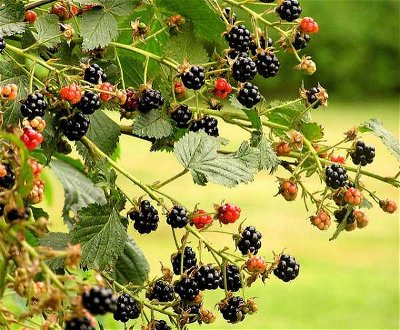 Britain's edible wild plants, berries and nuts are available for the taking as long as you have suitable permission from the landowner. Let us find out more about the plants themselves.
Britain's edible wild plants, berries and nuts are available for the taking as long as you have suitable permission from the landowner. Let us find out more about the plants themselves. Average, 10 Qns, Plodd,
Jul 20 22
 Britain's edible wild plants, berries and nuts are available for the taking as long as you have suitable permission from the landowner. Let us find out more about the plants themselves.
Britain's edible wild plants, berries and nuts are available for the taking as long as you have suitable permission from the landowner. Let us find out more about the plants themselves. |
|
 = Top 5% Rated Quiz,
= Top 5% Rated Quiz,
 Top 10% Rated Quiz,
Top 10% Rated Quiz,
 Top 20% Rated Quiz,
Top 20% Rated Quiz,
 A Well Rated Quiz
A Well Rated Quiz
· All questions, answers, and quiz content on this website is copyright FunTrivia, Inc and may not be reproduced without permission. Any images from TV shows and movies are copyright their studios, and are being used under "fair use" for commentary and education.